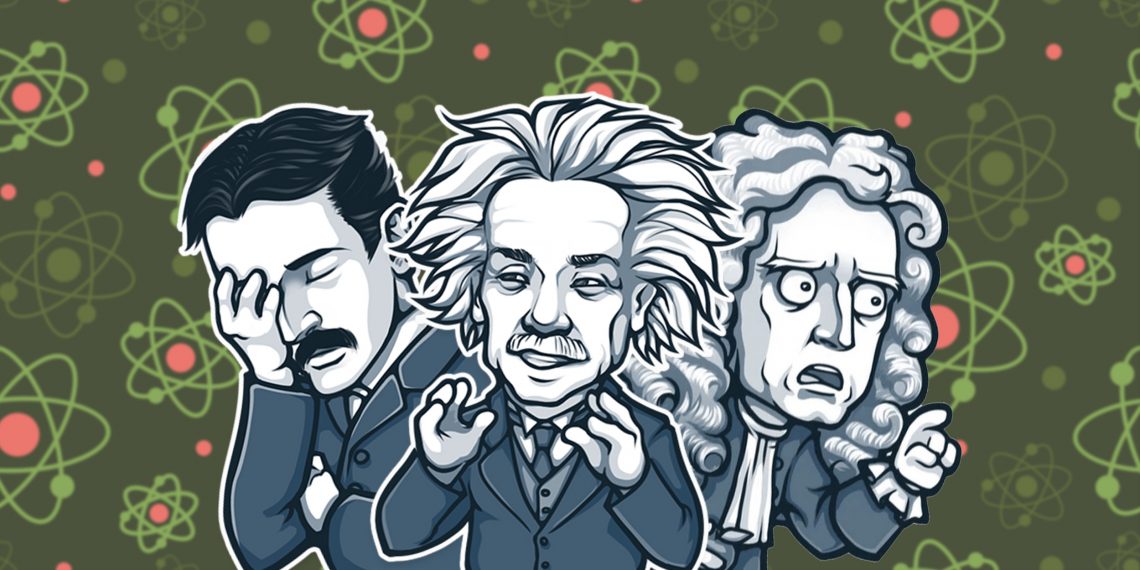The tank again fixed the Higgs boson, and not just
Physicists working at the Large Hadron Collider again "caught" the famous Higgs boson, and this time they managed to catch the details of the rare interaction of this elementary particle with the heaviest of the currently known fundamental particles - the t-quark (the top quark or the true quark ).
Short-term communication of these rather rare particles gave the physicists new important information about the nature of the mass, and helped once again to confirm the completeness of the adopted model of physics.
The results obtained in the ATLAS and CMS experiments conducted by CERN helped to confirm the strength of the connection between Higgs bosons and top quarks.
It was extremely important to obtain accurate data that can be compared with calculations, since it is the Higgs boson that is responsible for the mass of fundamental particles.
Despite the fact that we meet with the mass every day - whether in the form of gravity as a consequence of gravity or overcoming inertia, to get our body to get up in the morning from bed - it is quite difficult to understand the essence of this concept.

The well-known Einstein equation E = mc² describes mass as energy. In order to combine the basic particles into neutrons and protons, energy is required, and this effort provides the heaviness of the atom.
But here's the catch: some fundamental particles have mass, although no effort is made. So where does their mass come from?
Fifty years ago a scientist named Peter Higgs proposed the concept of a boson - a particle of the same category as photons. This boson would interact with them in a special field, filling these missing pieces of energy that provide the mass of the object.
For decades, this strange little particle remained the missing piece of the standard model - the last fundamental particle that had to be experimentally confirmed. And in 2012 rumors were confirmed that a Higgs boson was detected in the tank. Finally, the standard model was completed.
Not surprisingly, this was only the beginning of our studies of the Higgs boson. We still need to measure the small effort that fills the missing mass - and the top quarks are just fine for this task.
From their relatives - the upper and lower quarks (u-quarks and d-quarks) - there are protons and neutrons. But the top quarks live too little to make up anything that we could recognize. They break up in fractions of a second.
Despite this, they are surprisingly heavy. The weight of an electron, for example, is only one three millionth part of the mass of the top quark, indicating a relatively strong interaction with the Higgs field.
In order to catch such interaction, it is necessary to catch the Higgs boson along with the top quark in the birth channel of the combination ttH (top-antitope-Higgs pair). But none of the particles exist long enough to see it directly, and only 1% of all Higgs bosons created by the LHC energy appear along with the top quark.
To catch them, physicists dug up a ton of materials from two different experiments at the collider. Researchers were looking for unique combinations of more stable particles that appear after such interaction.
It's like trying to measure how much the two celebrities shook hands at a party after everyone has already gone home. Only much more difficult.
Having found enough "handshakes" and comparing the results, the scientists of both experiments are now confident that they have obtained the correct indicators of the power of combining Higgs-top-quark pairs.
"These measurements, obtained as a result of the joint work of CMS and Atlas, indicate that the Higgs boson plays a key role in providing the top quark with such a large mass," says physicist Carl Jacobs, spokesman for ATLAS.
"Although this is the key point of the standard model, we were able to prove it experimentally with such accuracy for the first time."
In the following months it is planned to gather even more information. It is possible to get a more precise meaning that will reveal something more unexpected.
"When ATLAS and CMS finish the data extraction in November 2018, we will still have enough events to more accurately check the standard ttH model calculations, perhaps we will see signs of something new," says CMS spokesman Joel Butler .
But this is more a situation in which you can only "keep your fists", and not build exact assumptions. And yet in physics there are many global issues and mysteries. For example, why does anything exist at all?
In the wish list of physicists "something new" always stands in the first place.